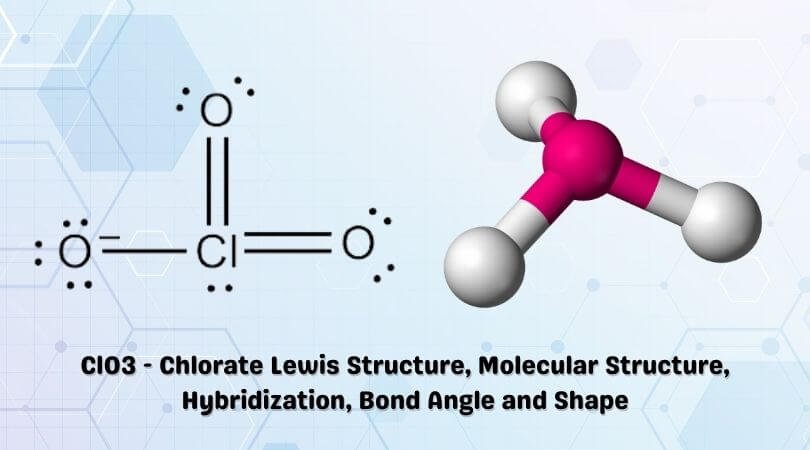Phosphate is a chemical derivative of phosphoric acid and is also known as phosphate ion or orthophosphate. This molecule is made up of one phosphate atom and four oxygen atoms. It is a trivalent inorganic anion and a conjugate base of hydrogen phosphate. It is composed of a group of salts and is naturally found in food, human bodies (bones, genes, teeth), and also water. Phosphate is found in many phosphate minerals.
We will first look at the Lewis structure of PO4 3- ion to better understand its physical and chemical properties. The structure helps in further understanding the arrangement of atoms, bond formation, and shape of the molecule.
We will first calculate the total number of valence electrons of the molecule, as that will help to comprehend the molecule’s Lewis structure.
PO4 3- Valence electrons
Phosphorus has 5 valence electrons in its outer shell.
Oxygen has 6 valence electrons in its outer shell. But there are 4 oxygen atoms in this molecule, due to which we will multiply the number by 4. Hence, now there are 24 valence electrons for all oxygen atoms in total.
As we know, there is a -3 charge on this molecule, we have a total of 32 valence electrons.
PO4 3- Lewis structure
In the lewis structure of PO43-, phosphorus is the central atom as it is the least electronegative. And all the four oxygen atoms are kept surrounding it. Total electron pairs used to form bonds are determined by dividing the number of total valence electrons by two. For, PO43- ion, the total pairs of electrons are 16.
There are already four P-O bonds around the phosphorus atom as we can see in the picture. Hence we have only twelve (16-4 = 12) valence electron pairs are remaining to draw the lewis structure.
First, mark those twelve valence electron pairs as lone pairs on oxygen atoms. As per the octet rule, one oxygen atom will take three lone pairs (oxygen atoms cannot keep more than eight electrons in their valence shell).
For four oxygen atoms, twelve electron pairs are used up which are kept as the lone pairs on all four atoms. Now all electron pairs are spent. There is no electron pair to mark a phosphorus atom.
After this, marking electron pairs on atoms, we should mark charges of each atom. Each oxygen atom will get a -1 charge and phosphorus atom get a +1 charge. The overall charge of the ion is -3.
When charges exist anywhere on atoms, the structure of that ion or molecule will not be stable.
Hence, we will try to reduce charges as much as possible. As oxygen atoms are more electronegative than phosphorus, it holds negative charges.
Now, we will try to minimize charges by converting lone pairs into bonds. So, convert one lone pair of one oxygen atom to make a new P-O bond. Hence there is a double bond between a phosphorus atom and one oxygen atom (one P=O bond). The remaining three oxygen atoms form single bonds with phosphorus atoms.
As you can see the charges of atoms in PO43- have been reduced, as there are no charges on one oxygen atom and phosphorous atom. So we have a stable phosphate ion.




